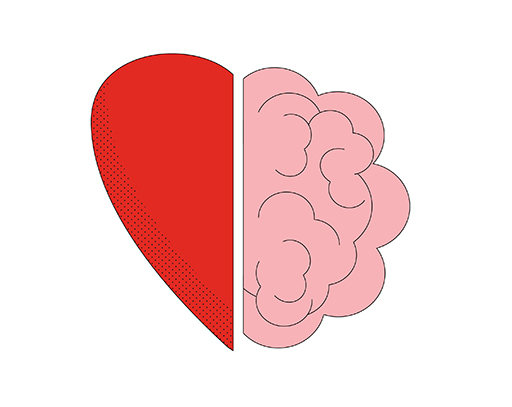3.4 Keeping your brain healthy
The brain’s like a muscle. The more you exercise it, the better it works. There are many different ways of stimulating it, like exploring new places, learning a new skill, doing a crossword puzzle or keeping abreast of the news. There are some quizzes to test your memory in the additional resources section.
All of us, at some point in our lifetime, are likely to be impacted by feelings of stress and anxiety. We are geared up to manage this for a limited time before we feel that it becomes overwhelming.
This can be triggered by many different things and a key area is when there is a significant change in our life. This might be moving to a new home, starting a new job, changes to our health, a relationship breakdown, as well as experiencing the loss of a loved one. Given life’s challenges it is likely that we’ll experience periods of low mood or anxiety. For some people these experiences will be short-term, but for others they can last for a long time. For those where their problems are severe and enduring, formal healthcare services can play a valuable role.
For people who are experiencing a period of low mood, physical exercise has been proven to be a great help for many, as we saw in the previous section. Another solution, which has grown in popularity in recent years, is mindfulness. This aims to move your focus away from the automatic pilot approach (what we can also think of as our ‘doing mode’) and move to more of a ‘being mode’. This is where we become more consciously aware of our thoughts, feelings and physical experiences or sensations, and potentially explore how we want to respond to these. You can explore this more in the Additional resources section and our article The benefits of mindfulness and five common myths surrounding it [Tip: hold Ctrl and click a link to open it in a new tab. (Hide tip)] .

